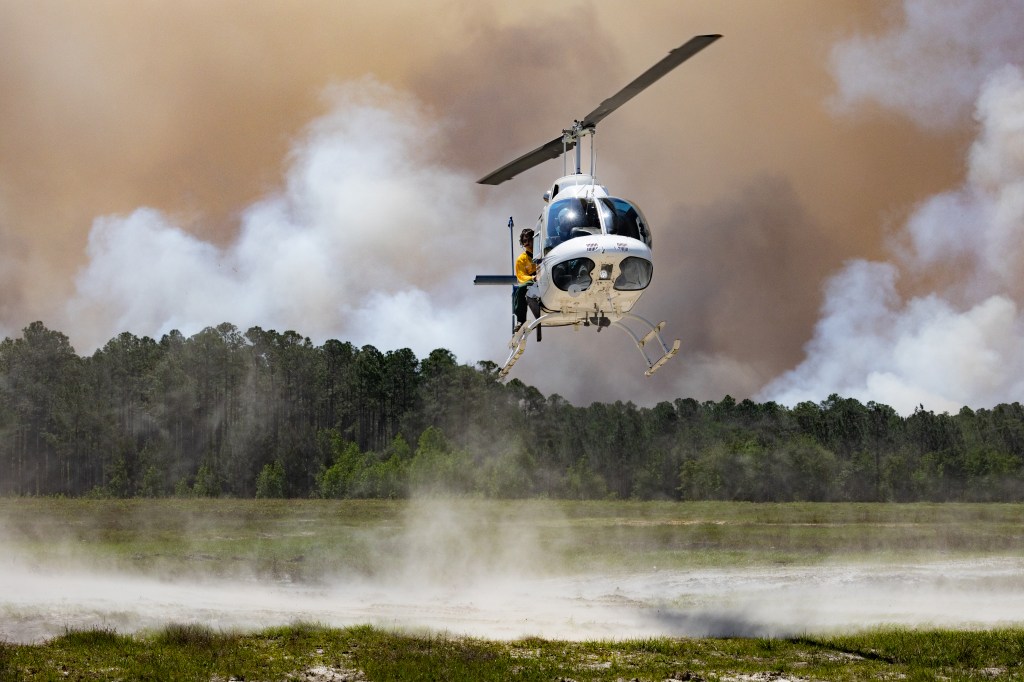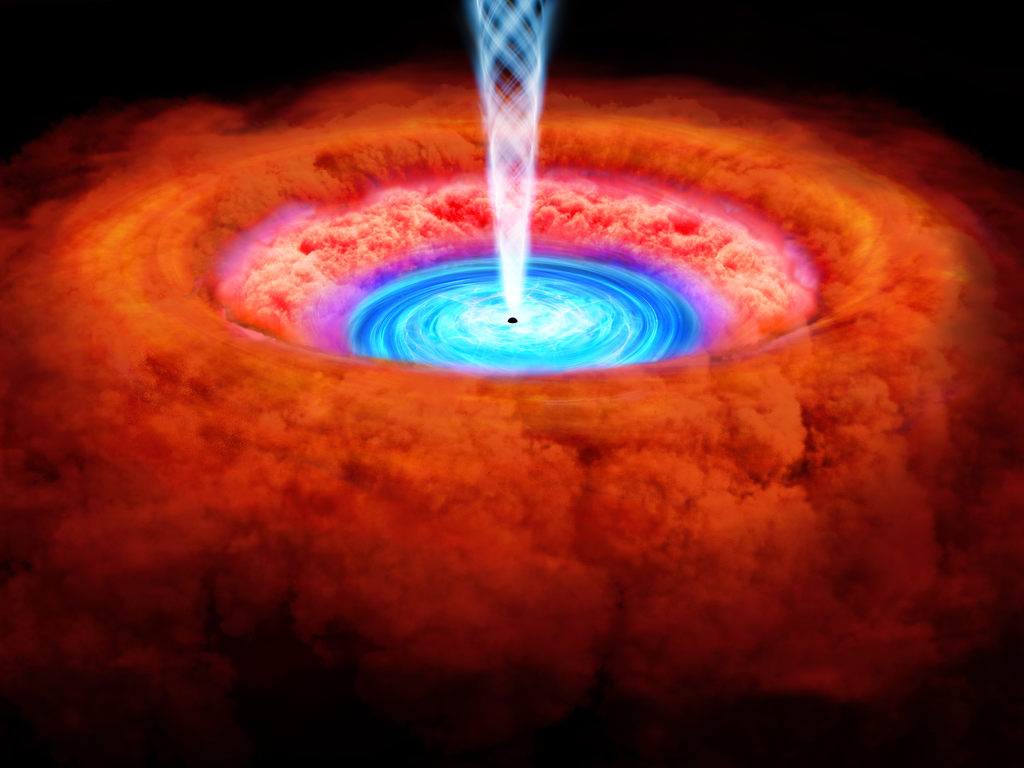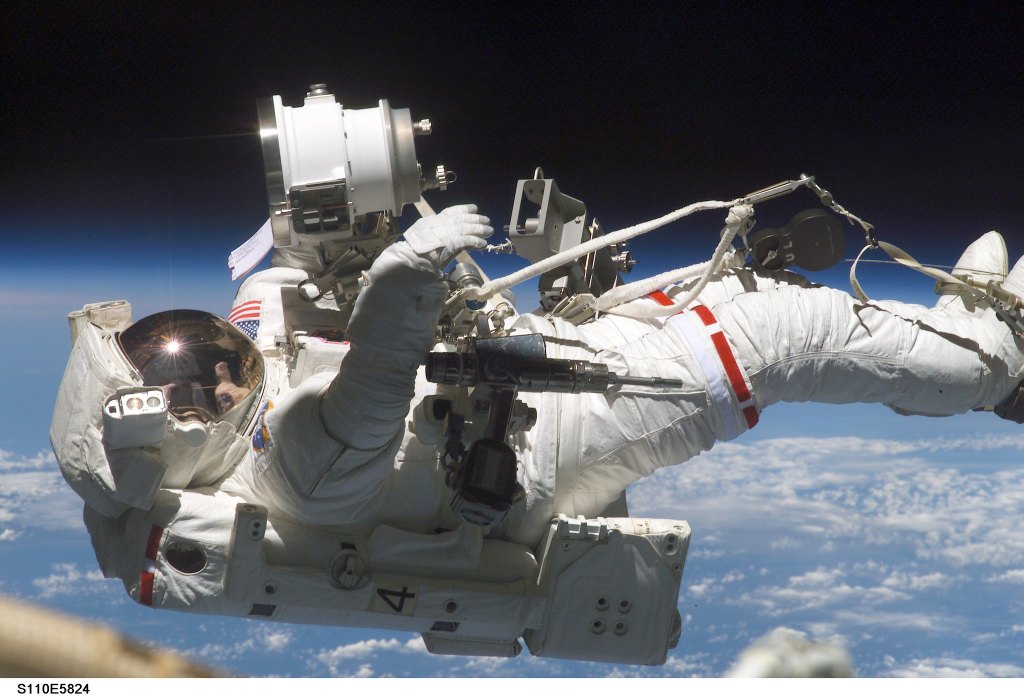1.0 Scope

1.0 SCOPE
The scope of this NASA Technical Standard is restricted to human spaceflight missions and includes activities affecting crew in all phases of the life cycle (design, development, test, operations, maintenance), both inside and outside the spacecraft, while on Earth, in space and on extraterrestrial surfaces.
1.1 Purpose
The purpose of this NASA Technical Standard is to provide uniform technical requirements for crew health, performance, training, medical operations, design, selection, and application of hardware, software, processes, procedures, practices, and methods for human-rated systems. This technical standard has been established to guide and focus the development of the crew health technical requirements as a means of protecting spacefaring crews. NASA-STD-3001, Spaceflight Human-System Standard, is a two-volume set of NASA Agency-level technical requirements established by the Office of the Chief Health and Medical Officer (OCHMO), directed at minimizing health and performance risks for flight crews in human spaceflight programs.
NASA’s policy for establishing technical requirements to protect the health and safety of crew and for providing health and medical programs for crewmembers during all phases of spaceflight is authorized by NPD 1000.3, The NASA Organization, and NPD 8900.5, NASA Health and Medical Policy for Human Space Exploration. NPD 8900.1, Medical Operations Responsibilities in Support of Human Space Flight Programs, and NPD 8900.3, Astronaut Medical and Dental Observation Study and Care Program, authorize the specific provision of health and medical programs for crewmembers. NASA’s policy is to establish technical requirements for providing a healthy and safe environment for crewmembers and to provide health and medical programs for crewmembers during all phases of spaceflight. Technical requirements are established to maintain crew health and performance, contributing to overall mission success and preventing negative long-term health consequences related to spaceflight. In this NASA Technical Standard, the OCHMO establishes NASA’s spaceflight crew health technical requirements for the premission, in-mission, and post-mission phases of human spaceflight.
All technical requirements are based on the best available scientific and clinical evidence, as well as operational experience from Gemini, Apollo, Skylab, Shuttle, Shuttle/Mir (Russian space station), International Space Station (ISS) missions, and Commercial Crew Program (CCP). Technical requirements are periodically and regularly reviewed, especially as the concept of operations and mission parameters for a program become defined and may be updated as new evidence emerges.
NASA-STD-3001, Volume 1: Crew Health, sets technical requirements for fitness for duty, spaceflight permissible exposure limits (PEL), permissible outcome limits (POL), health and medical care, medical diagnosis, intervention, treatment and care, and countermeasures. This volume considers human physiologic parameters as a system, much as one views the engineering and design of a mechanical device. Doing so allows the human-system to be viewed as an integral part of the overall vehicle design process, as well as the mission reference design, treating the human-system as one system along with the many other systems that work in concert to allow the nominal operation of a vehicle and successful completion of a mission.
The technical requirements presented in this volume of the NASA Technical Standard are intended to complement the overall set of human technical requirements for spaceflight, which also includes NASA-STD-3001, Volume 2: Human Factors, Habitability and Environmental Health; OCHMO-STD-100.1A, NASA Astronaut Medical Standards Selection and Annual Recertification; and current medical standards of clinical practice.
NASA-STD-3001, Volume 2: Human Factors, Habitability, and Environmental Health sets technical standards for human system integration, human physical and cognitive capabilities and limitations, and spacecraft (including orbiters, surface vehicles, habitats, and suits) internal environments, habitability, architecture and hardware, and equipment. It also includes technical requirements for ground processing, facilities, payloads, and related equipment, hardware, and software systems with which the crew interfaces during space operations. This volume considers human-system integration where the context is about how the human crew interacts with other systems, including the habitat and the environment. The focus is on performance issues during a mission—whether the human and the system can function together (within the environment and habitat) and accomplish the tasks necessary for mission success.
Combined, these volumes provide Agency technical requirements for an appropriate environment for human habitation, certification of human participants, the necessary level of medical care, and risk-mitigation strategies against the deleterious effects of spaceflight. These technical requirements help ensure mission completion, limit morbidity, and reduce the risk of mortality during spaceflight missions.
NASA/SP-2010-3407, Human Integration Design Handbook (HIDH) is a compendium of human spaceflight history and knowledge and serves as resource for implementing NASA-STD-3001 by providing the background, data, and guidance necessary to derive and implement program- and project-specific requirements that in are in compliance with NASA-STD-3001. It is organized in the same sequence as NASA-STD-3001, Volume 2, and provides useful background information and research findings. The HIDH is also meant to help program planners, designers, and human factors and health practitioners achieve successful integration of humans and systems. A complementary reference document to the HIDH is NASA/TP-2014-218556, Human Integration Design Processes (HIDP). The HIDP describes the “how-to” processes, including methodologies and best practices that NASA has used during the development of crewed space systems and operations. Additional supplementary resource information can be found on the OCHMO Human Spaceflight and Aviation Standards webpage (https://www.nasa.gov/ochmo/hsa-standards/).
1.2 Applicability
This NASA Technical Standard is applicable to human space systems. The technical requirements specified in this volume:
- Apply to all space exploration programs and activities involving crewmembers.
- Apply to internationally provided space systems as documented in distinct separate agreements such as joint or multilateral agreements.
- Are to be made applicable to contractors only through contract clauses, specifications, or statements of work in conformance with the NASA Federal Acquisition Regulation (FAR) supplement and not as direct instructions to contractors.
NPR 8705.2, Human-Rating Requirements for Space Systems, defines the human-rating requirements for space systems. HEOMD-003, Crewed Deep Space Systems Human Rating Certification Requirements and Standards for NASA Missions is a tailoring of NPR 8705.2 for crewed deep space systems. The intent of this NASA Technical Standard is to be the foundation for the program/project requirements and verification documentation.
This NASA Technical Standard is approved for use by NASA Headquarters and NASA Centers and Facilities, and applicable technical requirements may be cited in contract, program/project, and other Agency documents. It may also apply to the Jet Propulsion Laboratory (a Federally Funded Research and Development Center [FFRDC]), other contractors, recipients of grants and cooperative agreements, and parties to other agreements only to the extent specified or referenced in applicable contracts, grants, or agreements.
The NASA Technical Authorities—Health and Medical Technical Authority (HMTA), Chief Engineer (ETA), and Chief, Safety and Mission Assurance (SMA TA)—assess NASA programs and projects for compliance with NASA-STD-3001. If the program or project does not meet the provisions of this NASA Technical Standard, then the associated risk to the health, safety, and performance of the crew is evaluated by the Technical Authorities.
Technical requirement statements are designated by the acronym of the volume (e.g., “[V2]” for Volume 2), numbered, and indicated by the word “shall.” Explanatory or guidance text is indicated in italics beginning in Section 3, Systems Engineering Processes and Requirements. To facilitate requirements selection and verification by NASA programs and projects, a Requirements Compliance Matrix is provided in Appendix D—Table D.2-1.
1.2.1 Program/Project Implementation
Applicability of individual technical requirements may change based on individual program/project parameters and must be considered to ensure cost-effective implementation of this NASA Technical Standard. Therefore, all technical requirements in this NASA Technical Standard are applicable to all NASA human spaceflight programs/missions/projects unless determined otherwise and agreed to by the delegated Technical Authority based on the following criteria:
- Gravitational Environment,
- Full Mission Duration,
- Time to receive terrestrial medical capability,
- Radiation Environment,
- Spacesuit Capability,
- Destination,
- Mission Phase, or
- Other definable mission parameter.
As per NPR 7120.5, NASA Space Flight Program and Project Management Technical requirements, during the systems requirements phase of program or project development, technical requirements applicability will be determined based on the program’s mission parameters. Refer to Figure 1.2-1—Applicability, Tailoring, and Verification of Requirements for Human Space Flight Programs/Projects, for the process of applicability, tailoring, and verification of requirements for programs or projects.
Figure 1.2-1—Applicability, Tailoring, and Verification of Technical Requirements for Human Space Flight Programs/Projects
1.3 Tailoring
In accordance with NPR 7120.5, NASA Space Flight Program and Project Management Requirements, tailoring is the process used to adjust or seek relief from a prescribed requirement to accommodate the needs of a specific task or activity (e.g., program or project). Tailoring is both an expected and accepted part of establishing proper requirements. The tailoring of the requirements and associated waivers and deviations from this NASA Technical Standard for application to a specific program or project shall be formally documented as part of program or project requirements and require formal approval from the HMTA/OCHMO in accordance with NPR 7120.5.
1.3.1 Full Mission Duration Applicability
In order to protect human health and performance from exposures or conditions that have a cumulative effect, technical requirements will be tailored into program requirements pertaining to the full mission duration (from launch of crew through their landing back on Earth) for each human spaceflight vehicle or habitat which is used to conduct one or more segments of a multisegment or multi-vehicle mission, even if their isolated segment would have allowed for higher exposures on its own.
Missions may be comprised of consecutive segments that occur in different vehicles, take place in different locations in space with varying distances from Earth, and last for different durations. Many requirements that pertain to cumulative exposures and conditions (such as Permissible Exposure Limits) have been tailored (relaxed) to accommodate short missions occurring in single vehicles. However, for multi-segment or multi-vehicle missions, cumulative exposure over the entire duration of the mission needs to be considered. Exposure in one vehicle that is occupied for a segment of the full mission duration cannot be taken in isolation of the rest of the mission. It is not advisable for each vehicle to maintain its own short duration exposure requirements and expect other vehicles or habitats in the mission to lower their exposure limits to compensate for a higher exposure level in another vehicle. Similarly, a vehicle cannot expect other vehicles within the enterprise to compensate for lack of countermeasures in that vehicle.
1.4 Authority
NASA’s policy for establishing technical requirements to protect the health and safety of crew and for providing health and medical programs for crewmembers during all phases of spaceflight, is authorized by NPD 1000.3, The NASA Organization, and NPD 8900.5, NASA Health and Medical Policy for Human Space Exploration. NPD 8900.1, Medical Operations Responsibilities in Support of Human Space Flight Programs, and NPD 8900.3, Astronaut Medical and Dental Observation Study and Care Program, authorize the specific provision of health and medical programs for crewmembers.



























